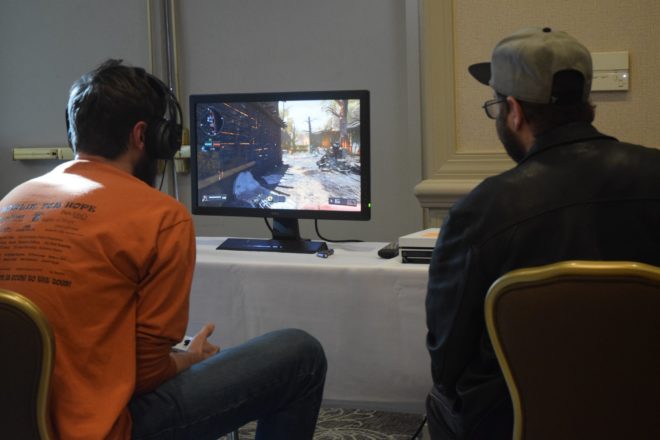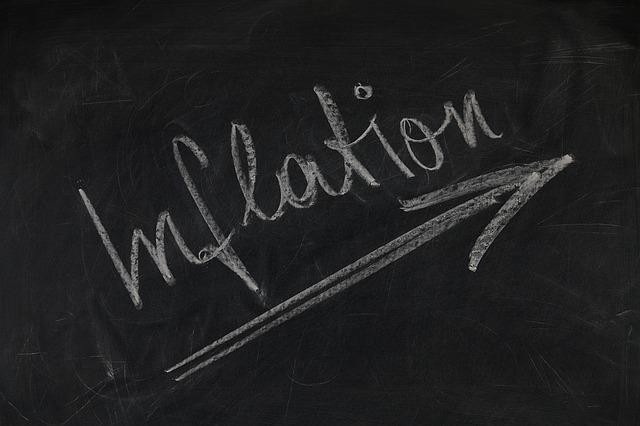
Fact-checking this claim reveals mostly exaggeration, yet with a tinge of truth. First, the tinge of truth.
- It is true that the weekly $600 Federal Pandemic Unemployment Compensation (FPUC), which the federal government added atop any regular state-level unemployment, dramatically changed the attractiveness of low-wage employment in the U.S. from April through July.
- It is true that many unemployed residents earned more at home from April to July than when they were working. University of Chicago researchers recently confirmed that for two-thirds of people who lost their jobs, their unemployment benefits exceeded what they had been earning.*
- It is true that FPUC was responsible for a staggering 15% of the entire nation’s wages.
- It is true that low-wage workplaces disproportionately require frequent interpersonal contact, including restaurants, which makes the risk of disease transmission higher, thus lessening the attractiveness of this work.
- It is true that restaurants and other interpersonal workplaces are uniquely struggling to rehire, even when offering higher wages.
*Note: The extra $600 nationwide FPUC expired at the end of July. By President Trump’s Executive Order, states can continue paying benefits on a state-by-state, FEMA-based fund program that averages $300 per week and will likely only last until the end of August.
The chief strategist at restaurant research company Aaron Allen & Associates says that this is the first time this large of a cohort of workers has left the restaurant industry and voluntarily not returned.
However, and despite all of these valid criticisms of FPUC, the claim that most people would rather stay home and collect unemployment is mostly exaggeration.
- Per our analysis, 1,461,700 workers returned to restaurant jobs in May. In June, an additional 1,483,400 in June. (Importantly, FPUC was in full force during that time, yet workers chose to return to work.)
- Restaurant workers returned also in spite of the vast majority of restaurants being closed at that time — with seated diners averaging over 60% lower than pre-pandemic levels, as well as peak COVID-19 hospitalization rates.
- As of this month, FPUC’s unprecedented payroll into the U.S. economy has expired. Most Paycheck Protection Program (PPP) funds, which were claimed in April and June under the program’s original eight-week payroll covenant, have also been expended. Therefore, for most furloughed workers, their artificially elevated unemployment compensation has ended or is ending soon. Today, or soon, they earn less than they could earn by working at their pre-coronavirus jobs.
- Going forward, absent any additional legislative action, unemployment benefits will trend back toward their regular weekly benefit amount. Pre-coronavirus, the national average was $340 per week.
- Finally, the most important consideration. Approximately one in four restaurants will permanently close this year. That means that roughly 3 million of the 12 million food service jobs that existed before COVID-19 will not return at all, for many months. Therefore, many people will observe former restaurant workers who are still at home collecting unemployment (three million, to be precise), but those victims cannot return to their jobs because they no longer exist. It is far too easy to blame observably unemployed people who formerly worked as “lazy,” but it is far more difficult to understand the magnitude of the permanent closure rate of the restaurant industry.



